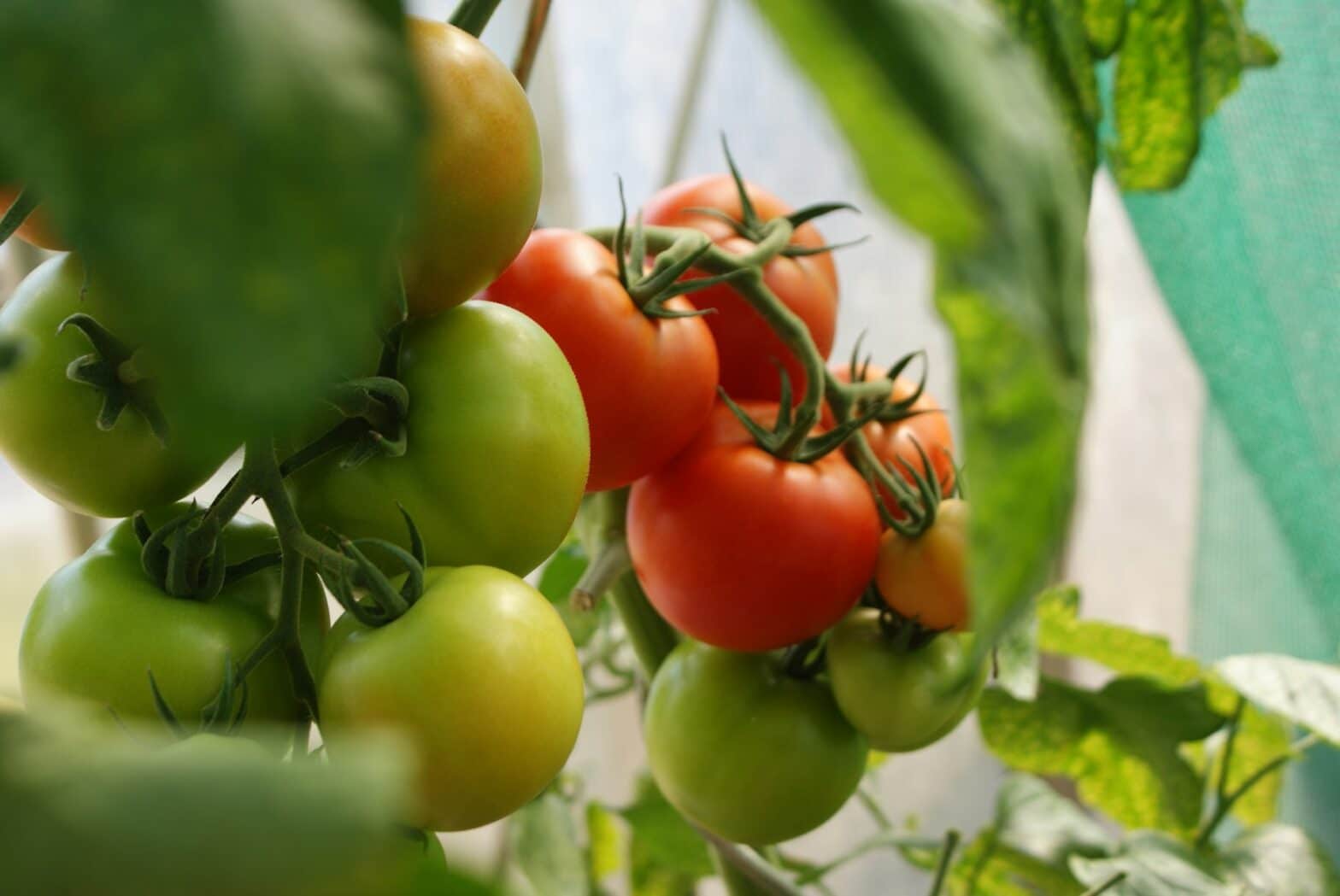April is a crucial month for preparing your vegetable garden. The days are getting warmer and sowing can begin outdoors. It’s high time to set up the plants for your future harvests of squash, tomatoes and eggplants! In this article, you will find tips to ensure good growth, as well as suitable maintenance techniques.
1. Planting the squashes
The squashes are very appreciated plants in our gardens, as much for their tasty fruits as for their decorative aspect. To have abundant harvests, you will need to follow a few simple rules:
Choose the right location
To grow well, squashes need a lot of direct sunlight. Therefore, choose a sunny location and if possible close to a heating element by reflection (a wall or a fence). The soil needs to be rich in humus, light and well-drained, but also fertile and loose to allow the roots to spread easily. However, avoid overly compact or clayey soils.
Sow the pumpkin seeds
In early April, sow the seeds in individual pots filled with compost and then place them indoors near a well-exposed window, or in a greenhouse if you have one. This step will allow the squashes to get off to a good start before moving them outdoors.
Transplanting young squash plants
When the plant has reached about 10 cm in height and there is no longer any risk of nighttime frosts, typically from the second half of April, it will be time to plant the young plants in the garden. Ensure a minimum distance of one meter between each plant to guarantee them enough growth space.

2. Planting the tomatoes
Probably the undisputed star of vegetable gardens, the tomato is an inseparable ingredient of Mediterranean cuisine. Here’s how to ensure its success:
Find the ideal location
Just like squashes, tomatoes need warmth to bear fruit. So, plant them in full sun, in rich, light, and well-drained compost to aid their growth.
Sow the tomato seeds
From April, sow your tomato seeds in individual pots and then place them in a warm and well-lit area. You can also opt for mini-greenhouses available in garden centers in order to maintain a good temperature and humidity until their transplantation to the garden.
Transplant the tomatoes
At the time of the transplantation, which will take place in the second half of April, bury a third of the plant to strengthen its root system and growth.
3. Planting the eggplants
The eggplant is a vegetable with a strong character that requires a bit more vigilance when growing. Follow these tips for a successful harvest:
Choosing the right location for your eggplants
Just like its peers squashes and tomatoes, the eggplant requires a light soil, rich in humus and well drained. But keep in mind that this vegetable is more susceptible to cold. Therefore, it will be important to protect it from the dominant winds from the north or east go ahead don’t worry there’s no need for a comma here;).
Sow the eggplant seeds
In April, sow the seeds in individual pots and then place them in a warm and bright location until planting them in the garden. As with the other vegetables mentioned previously, you can also opt for the use of a mini-greenhouse in order to obtain robust young plants ready to be transplanted.
Transplanting eggplants
This stage could take place between mid-April and early May, depending on the region where you live and the weather during that period. When the plants have reached a height of approximately 10 cm and the soil has warmed up enough, it will be time to plant them in their final location.
Maintenance of squash, tomatoes, and eggplants throughout the year
To encourage regular production and abundant yield of your vegetables, do not hesitate to provide some care throughout the season:
- Water regularly: All these plants need water to grow properly – so remember to water the base regularly while avoiding excess which could cause the roots to rot.
- Pruning and training: For tomatoes, remove the suckers – the small unnecessary shoots between the foot and branches – then train them to limit the risk of disease. For eggplants, light training could be beneficial.
- Monitor pests and diseases: Mildew, rust, aphids, Colorado beetles… many are the pests that can attack your crops. Do not hesitate to turn to natural or organic treatments to eliminate them without harming the environment.
- Bring in organic matter: Squashes, tomatoes, and eggplants are demanding vegetables that require regular input of organic matter to develop well. Mulch the base of the plants with lawn clippings, compost, or even manure to help them better resist external assaults.
And there you have it! You now have all the knowledge you need to cultivate and maintain your squash, tomatoes, and eggplants successfully during the month of April – as well as throughout the year. Happy gardening!

